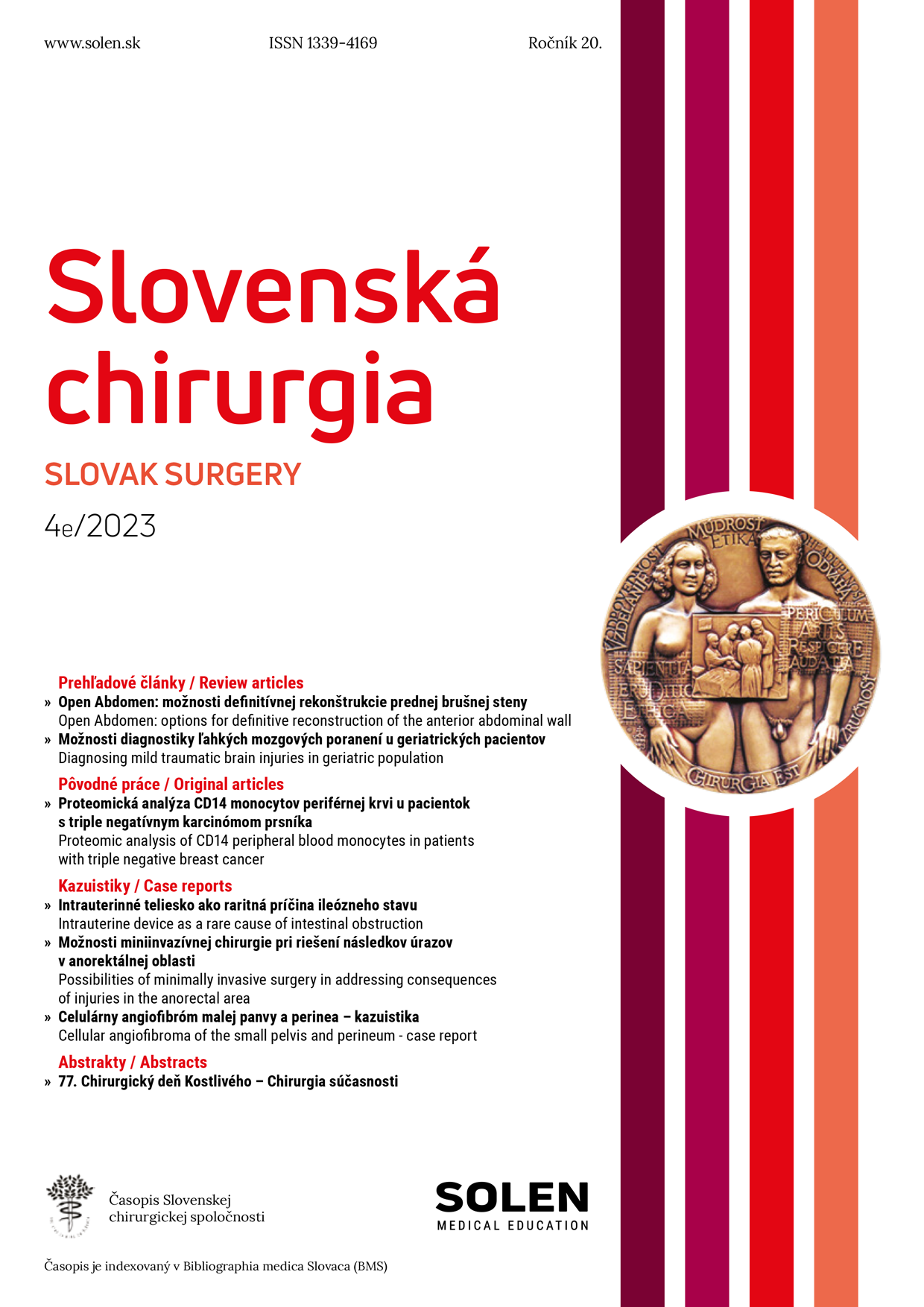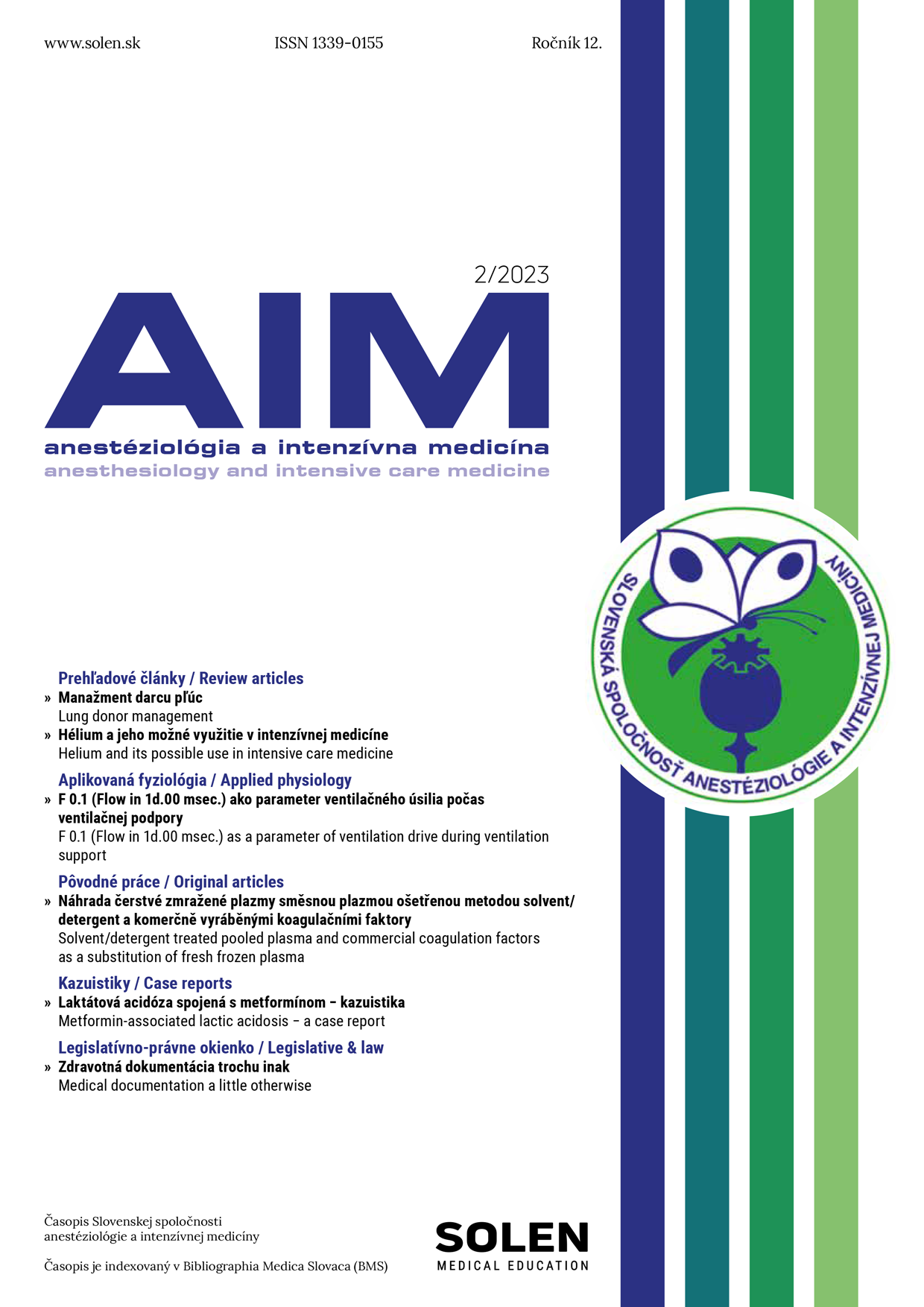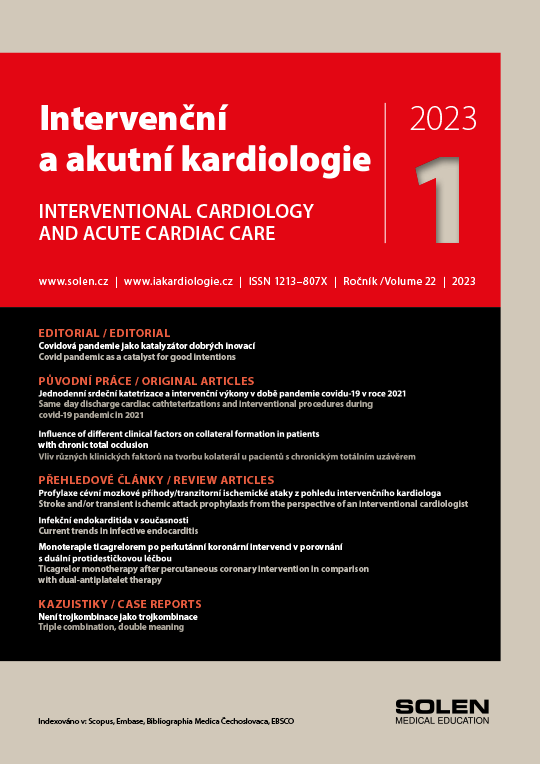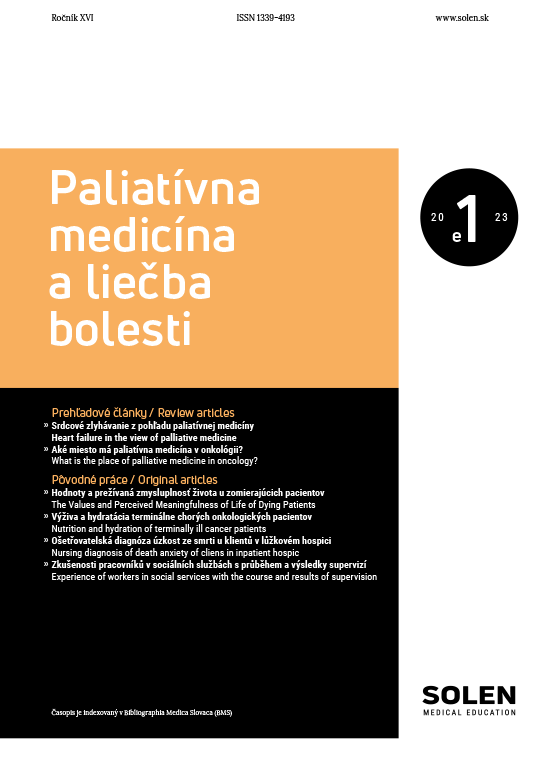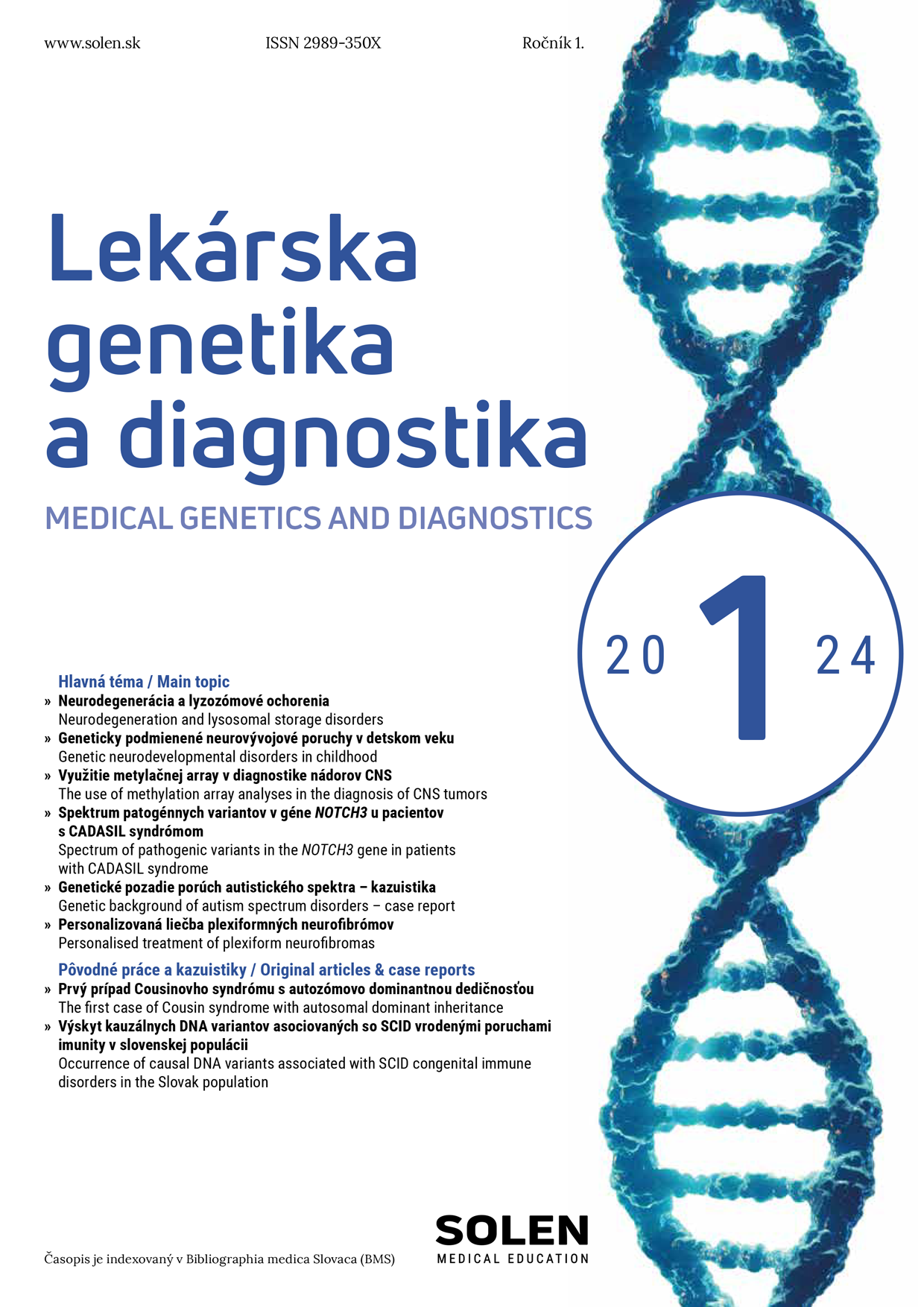Onkológia 2/2020
Novšie MR techniky v diagnostike solídnych nádorov
Magnetická rezonancia (MR) je neinvazívna diagnostická metóda, ktorá využíva schopnosť protónu vodíka prijať energiu určitého elektromagnetického pulzu a znovu ju uvoľniť. Tento jav umožňuje stanoviť množstvo vodíka, a teda aj vody vo vyšetrovanom objekte. Na základe odlišného množstva vody v rozličných tkanivách môže hodnotiť tvar a stav štruktúr ľudského tela. Magnetická rezonancia umožňuje dvojrozmerné a trojrozmerné zobrazovanie orgánov, orgánových sústav a ich štruktúr vnútri ľudského tela. Magnetická rezonancia má význam v diagnostike rôznych patologických procesov a má nenahraditeľné postavenie v diagnostike mnohých onkologických ochorení. Vďaka výbornému rozlíšeniu mäkkých tkanív má kľúčový význam v diagnostickom procese solídnych nádorov. Nárast počtu prístrojov magnetickej rezonancie s vyššou silou magnetického poľa a neustály vývoj nových softvérových aplikácií, ktoré sa implementujú do praxe, zvyšuje kvalitu zobrazenia orgánov tela a posúva diagnostiku magnetickou rezonanciou od hodnotenia morfológie orgánov a štruktúr k funkčnému hodnoteniu tkanív.
Kľúčové slová: magnetická rezonancia, solídne nádory, difúzne vážené merania, perfúzne techniky, spektroskopia, multiparametrické vyšetrenie, biomarkery, rádiogenomika
Newer MR techniques in the diagnosis of solid tumors
Magnetic Resonance Imaging (MRI) is a non-invasive diagnostic method that utilizes the ability of a hydrogen proton to absorb and re-release the energy of a particular electromagnetic pulse. This phenomenon makes it possible to determine the amount of hydrogen
- and thus the water in the object under investigation. Based on the different amount of water in different tissues, it can evaluate the shape and condition of human body structures. Magnetic resonance imaging enables two-dimensional and three-dimensional imaging of organs, organ systems and their structures within the human body. Magnetic resonance imaging is important in the diagnosis of various pathological processes and has an irreplaceable role in the diagnosis of many oncological diseases. Due to the excellent resolution of macular tissues, it is of key importance in the diagnostic process of solid tumors. The increase in magnetic resonance imaging devices with higher magnetic field strength and the continuous development of new software applications that are being implemented are increasing the quality of body organ imaging and shifting magnetic resonance imaging from organ morphology and structure assessment to functional tissue evaluation.
Keywords: magnetic resonance, solid tumors, diffusion-weighted imaging, perfusion techniques, spectroscopy, multiparametric studies, radiogenomics


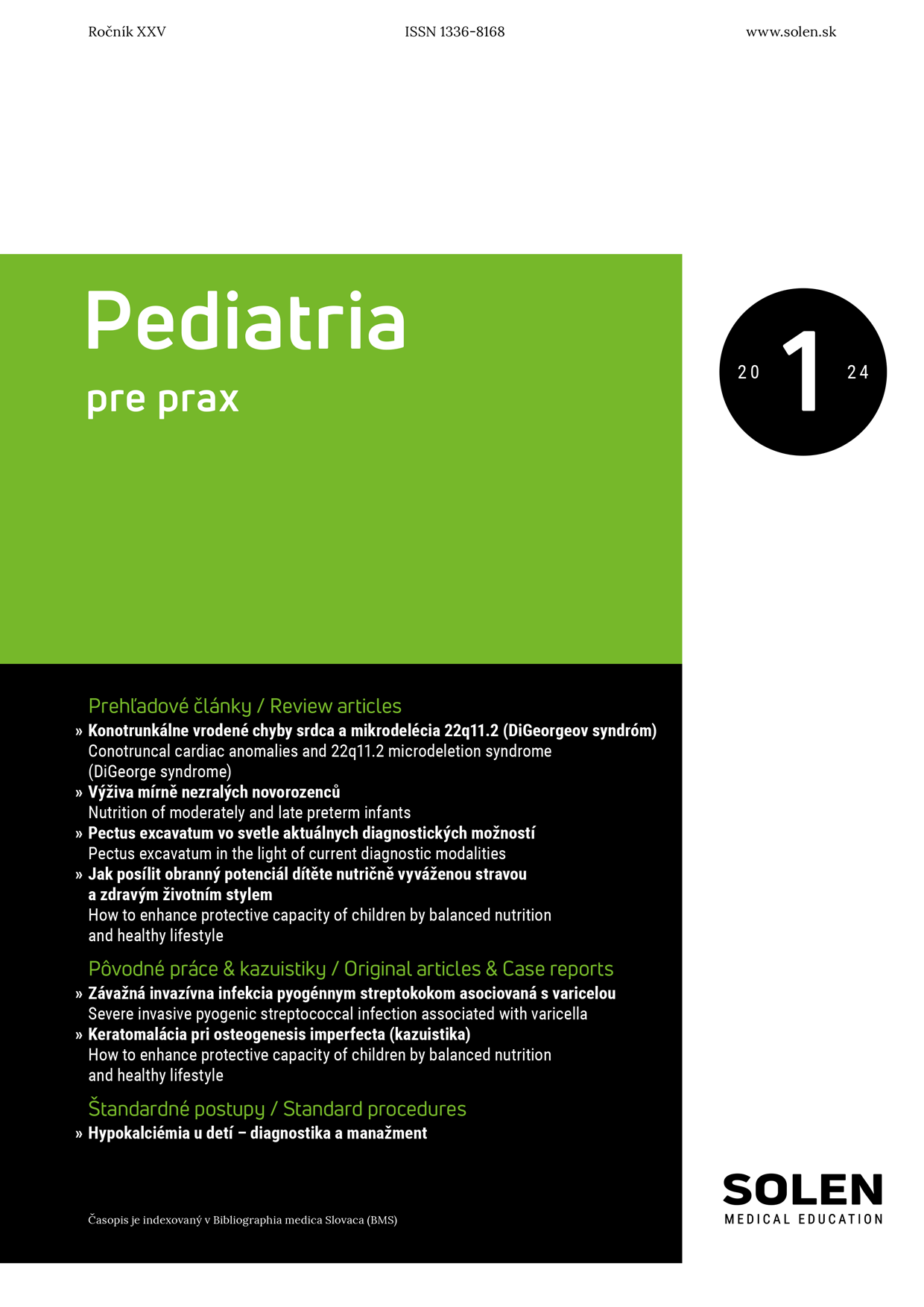

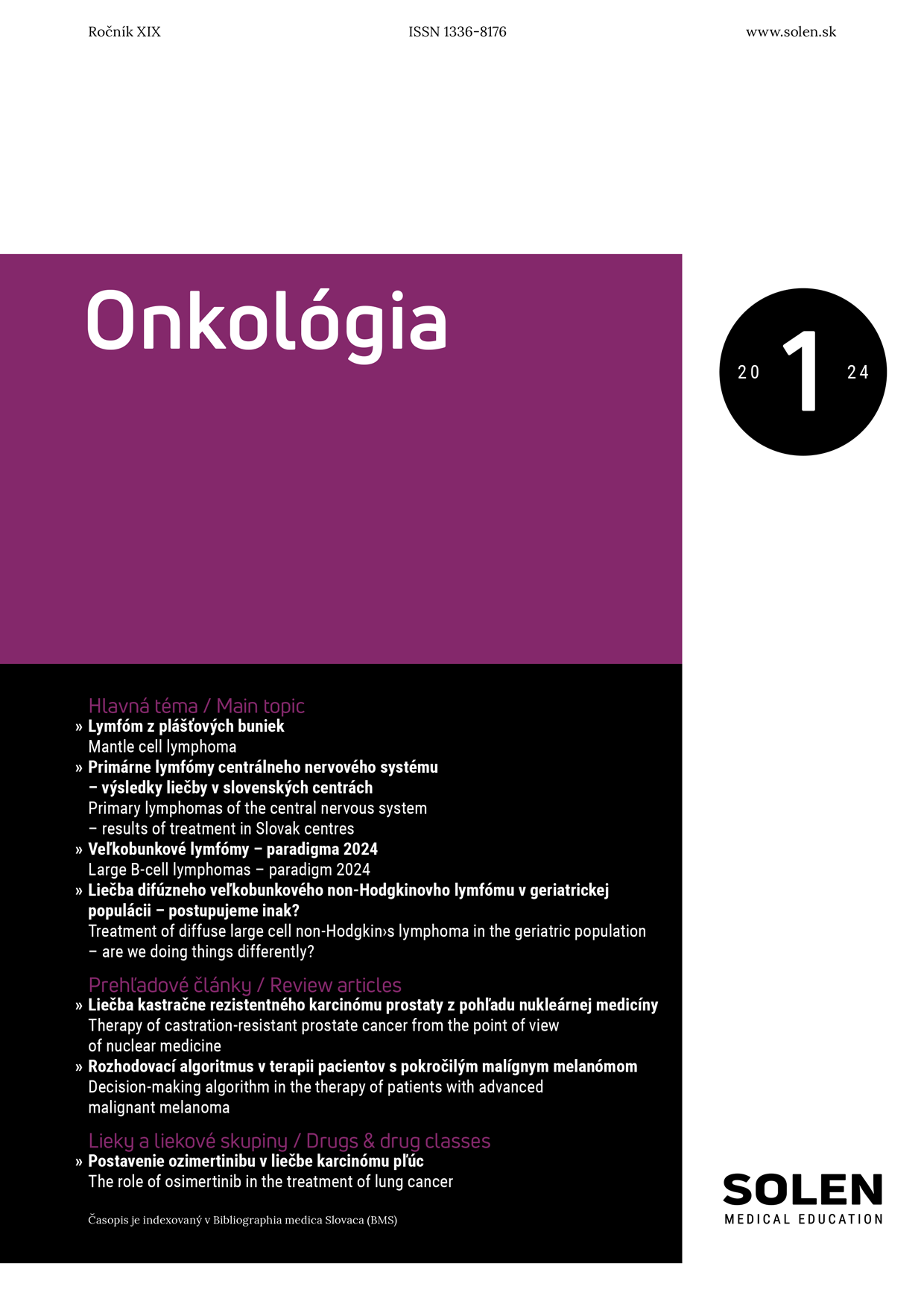
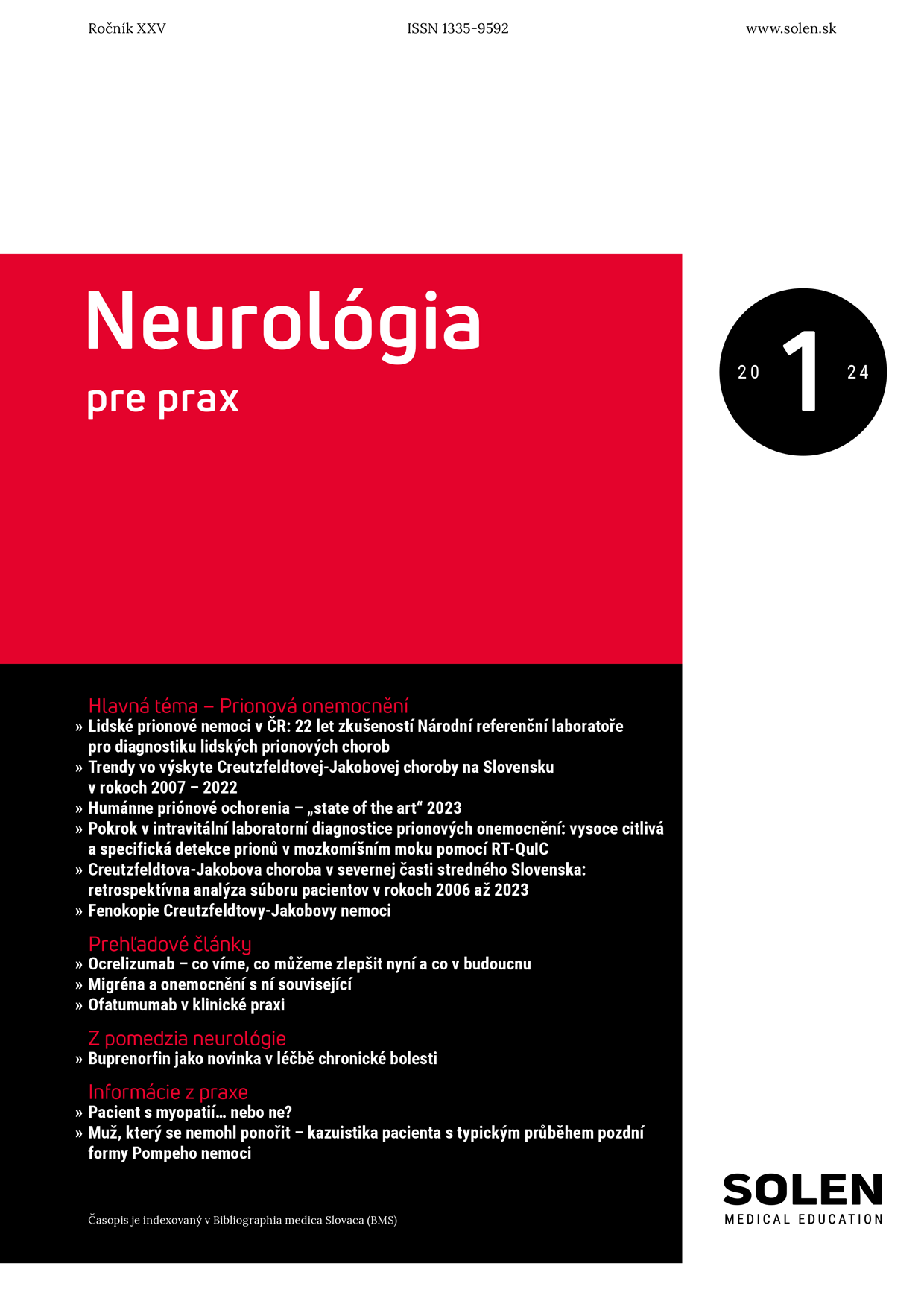
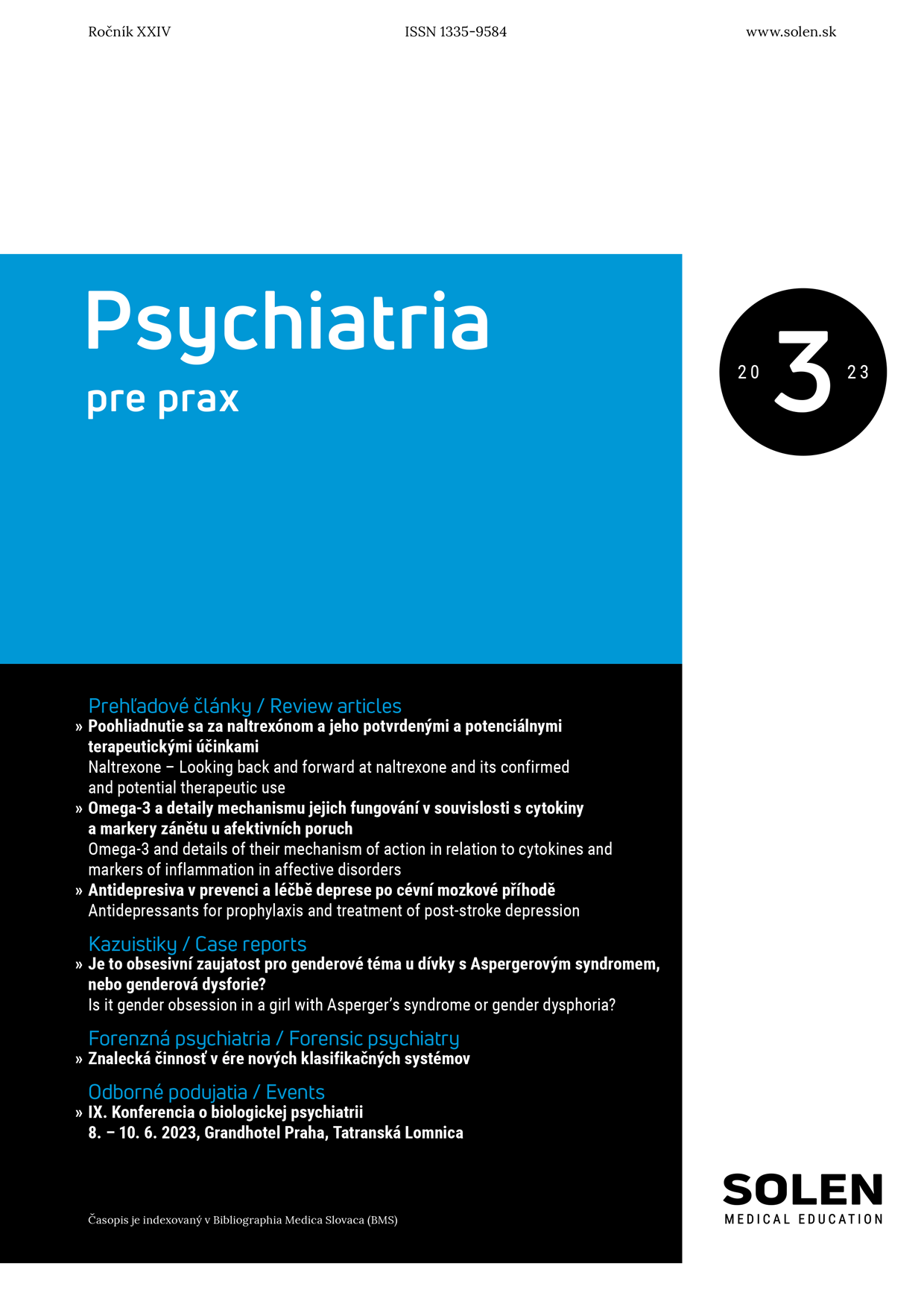
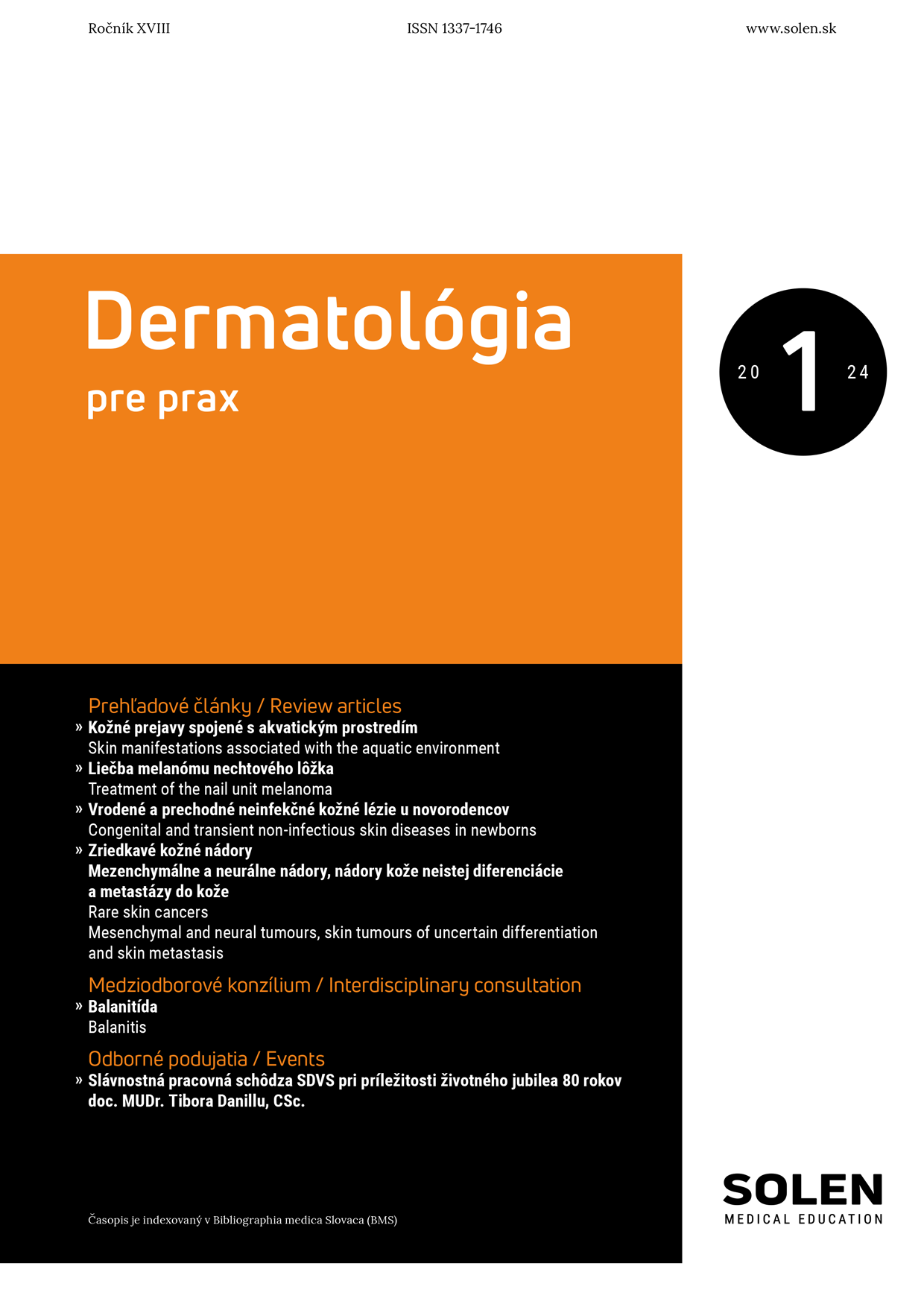
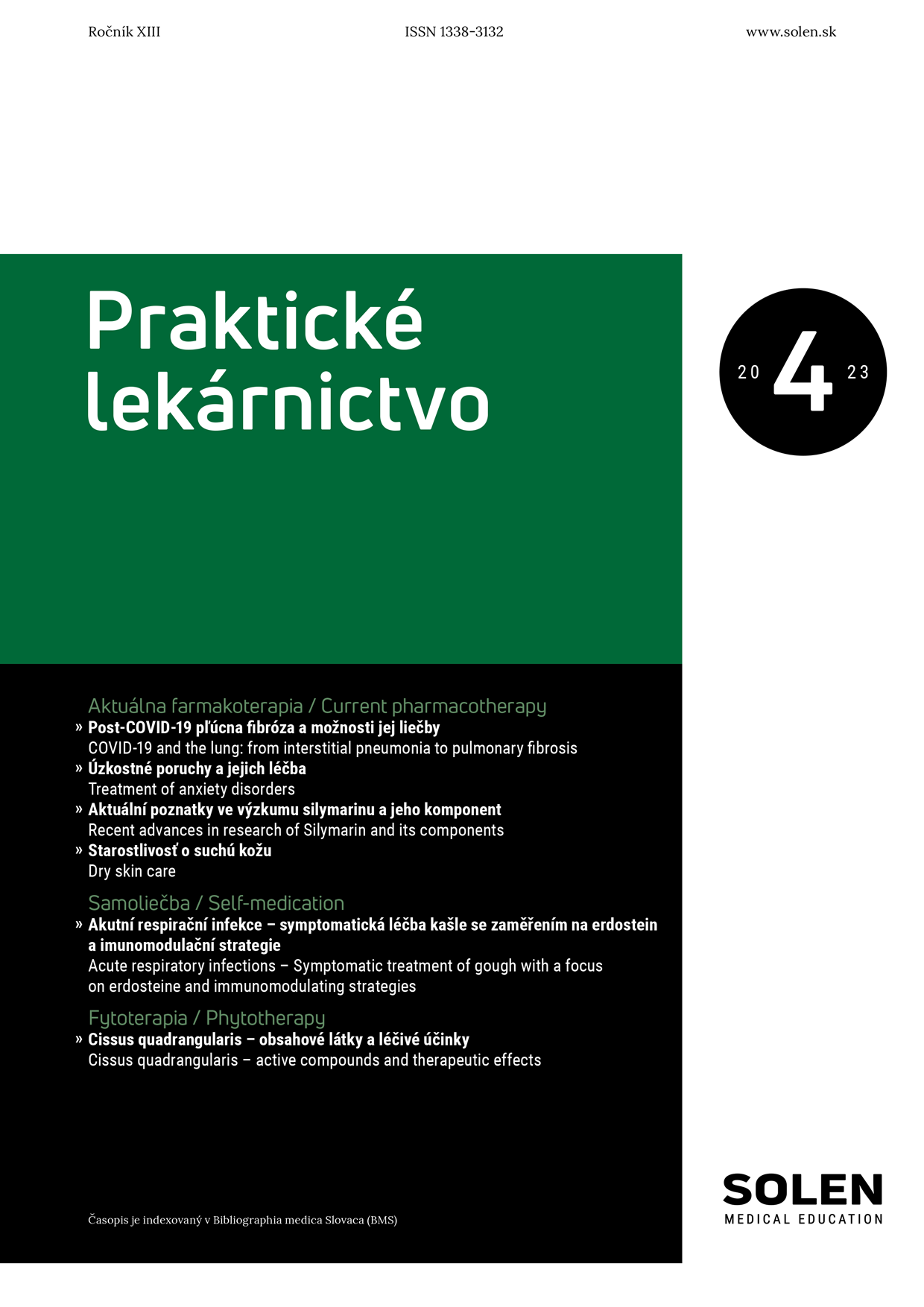
-1.png)
